Ground Factors and Crane Stability: Ensuring Safety in Every Lift
The stability of a mobile crane largely depends on the ground it operates on. Ground conditions can vary dramatically, not only between workplaces but also within different areas of the same site. Ignoring poor ground conditions can lead to serious crane incidents, including overturning, which poses significant risks to operators and nearby personnel. This guide explores how ground factors influence crane operations and the steps required to ensure safety.
Key Ground Factors That Affect Crane Stability
- Surface Water and Soil Conditions
Water mixed with soil, such as mud or underground water sources like springs or streams, can weaken the ground’s capacity to support a crane. These conditions demand extra precautions, such as using stabilising mats or assessing alternative locations. - Ground Composition
Different types of ground—clay, sand, rock, or mixed soil—have varying levels of stability. Rock generally provides the most reliable surface, but its depth and consistency below the surface must be verified to ensure proper support. - Backfilled Ground
Ground that has been backfilled after excavation or trenching often lacks the compaction and stability required for crane operations. Special attention must be given to these areas to prevent sinking or tipping. - Covered Underground Cavities
Hidden cavities, such as old tunnels, pipes, or penetrations, can compromise the ground’s integrity. These areas may collapse under the crane’s weight, leading to a loss of stability. - Continuous Operation in One Location
When a crane operates in the same spot repeatedly, the ground underneath its outriggers can become compacted. This compaction may reduce stability over time and requires regular inspection. - Proximity to Pressurised Underground Services
Positioning outriggers directly above shallow underground services, like fire hydrant mains, can damage the infrastructure and destabilise the crane. Careful mapping of underground utilities is essential to avoid such hazards.
Assessing Ground Conditions
Proper assessment of ground conditions is critical for safe crane operations. Here are the key steps to evaluate and mitigate risks:
- Visual Inspection
A thorough visual inspection of the site is the first step in identifying potential issues such as waterlogging, uneven surfaces, or soft ground. - Geotechnical Reports
In cases where the ground’s stability is uncertain, a geotechnical engineer can provide documented information on the ground’s bearing pressure, ensuring accurate assessment and safety. - Examining Excavations and Trenches
Nearby trenches or excavation sites can offer clues about the consistency and depth of the ground materials. This information is useful in determining whether the surface rock extends deep enough to provide reliable support. - Managing Surface ‘Crust’ Conditions
A surface crust—where the top layer of soil is firmer than the ground beneath—can create a false sense of stability. If punctured by an outrigger or track, the softer ground beneath can cause the crane to overturn. Operators should test and reinforce such areas before operations. - Reassessing Compactness
For cranes operating in a fixed location for extended periods, regular ground checks are necessary to prevent issues caused by over-compaction.
Best Practices for Crane Stability on Variable Ground
- Use stabilising mats, timbers, or outriggers to distribute the crane’s weight evenly across the ground.
- Avoid setting up near excavations without proper reinforcements to reduce the risk of ground collapse.
- Map and avoid underground services that may be affected by crane pressure.
- Always follow manufacturer guidelines for outrigger and track positioning.
Ground Conditions Are A Critical Factor
Ground conditions are a critical factor in crane stability, directly affecting safety and efficiency during lifting operations. By understanding the specific challenges posed by different surfaces and taking proactive measures, operators can ensure a stable and secure environment for every lift.
Why Choose Mighty Cranes?
Mighty Cranes is committed to providing safe and reliable crane hire solutions for projects of all sizes. With a modern fleet and experienced operators, we ensure every lift is handled with care and professionalism. Contact us today to discuss your lifting requirements and let us help make your project a success.




